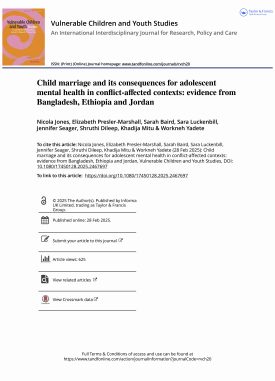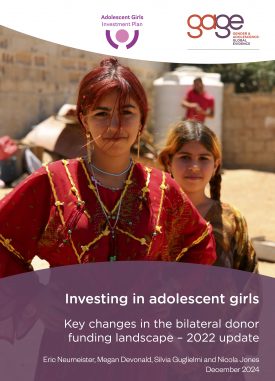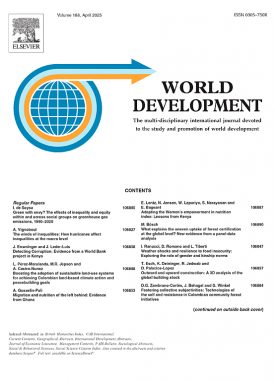Ethiopia is increasingly experiencing the impacts of climate change, with stark consequences for the most disadvantaged groups, including youth, women and girls. Within climate action, there is limited understanding of how climate change responses address age and gender vulnerabilities. This article uses a gender and adolescence lens to explore how Ethiopia’s climate mitigation and adaptation responses shape progress towards three Sustainable Development Goal (SDG) 5 (gender equality) targets using a capabilities approach. It draws on qualitative data from the Gender and Adolescence: Global Evidence (GAGE) longitudinal study with adolescents aged 10–20, their parents and key informants, in three diverse regions. It finds that although climate mitigation strategies are impacting gender equality positively by increasing access to water and supporting food-insecure households in times of drought, substantial challenges remain. To accelerate progress and ensure inclusive climate action, adolescent participation should be promoted at all levels, and climate actions should reach the most vulnerable populations.
Suggested citation
(2022) ‘Rethinking climate change through a gender and adolescent lens in Ethiopia.’ Climate and Development (https://doi.org/10.1080/17565529.2022.2032568)


